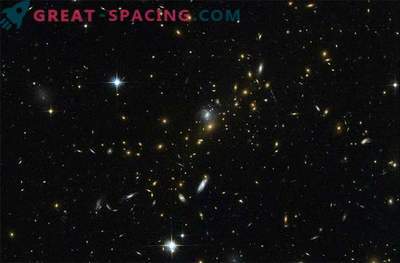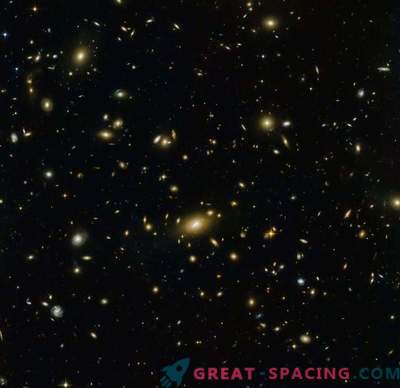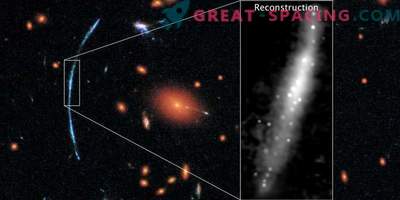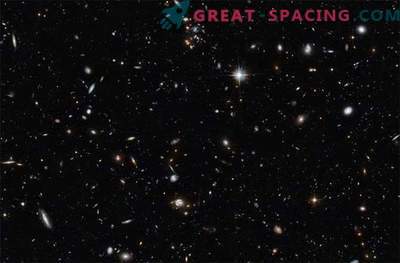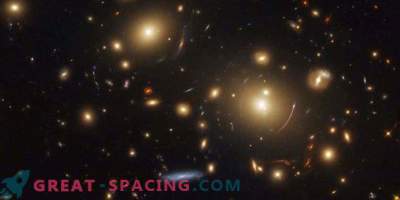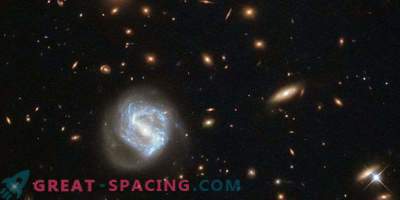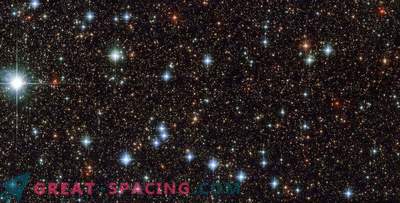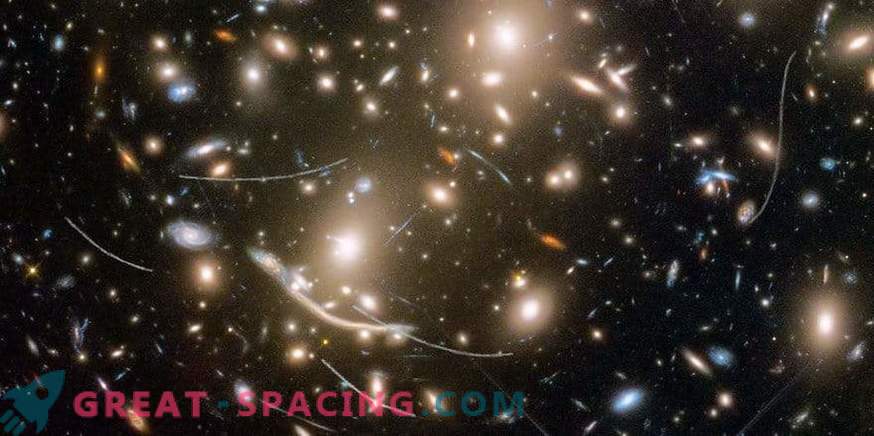
This shot from the Hubble Space Telescope is overloaded with images of galaxies. However, close asteroids are also captured here, whose spans mimic background astronomical phenomena. Here is the amazingly beautiful Abell 370 galaxy cluster, which can hold several hundred galaxies connected by gravity. It is 4 billion light years distant from us and lives on the territory of China.
Strange white paths resembling S-shaped shapes seem strange here. These are trails from asteroids that are about 260 million km away from us. The trails are displayed in several Hubble exposures, which are combined into one image. Of the 22 observations of asteroids in the field, only 5 are unique objects. They are so weak that they could not be identified before.
Asteroid routes appear to be curved due to the observational effect — parallax. As Hubble rotates around the Earth, the asteroid should move in an arc relative to much more distant background stars and galaxies. The motion of the Earth around the Sun and asteroids along their orbits also affect the skewness of the paths. All asteroids were found manually, approximately for every 10-20 hours of exposure (the “flashing” method). Asteroid trails should not be confused with the mysterious blue arcs. In reality, they distort the image of distant galaxies behind the cluster. Many of the distant galaxies are too weak for Hubble to see them directly. Therefore, gravitational lensing is used, where the cluster acts as a cosmic lens, deforming space and affecting light. The study was part of the Frontier Fields program.
